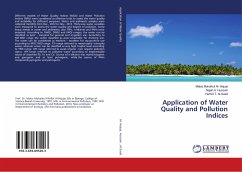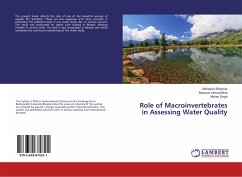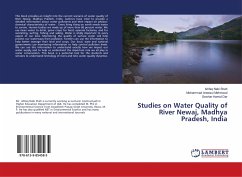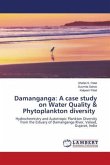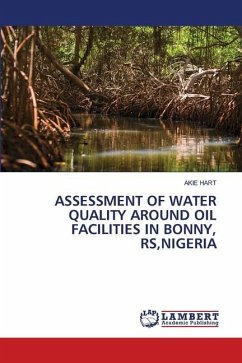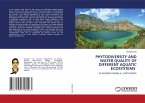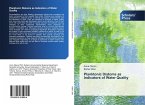Different models of Water Quality Indices (WQIs) and Water Pollution Indices (WPIs) were considered as effective tools to assess the water quality and suitability for different purposes. Water and sediments samples were collected monthly from Dec., 2012 to Nov., 2013. Thirty-one water variables were measured to assess the water quality and degree of pollution. Some heavy metals in water and sediments, also TPHs, n-alkanes and PAHs were detected. According to GWQI, DWQI and IWQI ranges, the water can be classified as poor - marginal for general and irrigation use. According to NSF-WQI range the water classified as poor-unsuitable for drinking use. The water can be considered as medium - excellent for aquaculture use according to MOC-WQI range. TSI range referred to mesotrophy- eutrophy water, whereas water can be classified as very high trophic level according to TRIX range. OPI range referred to weak organic -non organic pollution status. HPI range referred to polluted water according to impermissible values of dissolved Pb, Fe and Cd. Source of n-alkanes was mainly biogenic and pyrogenic and at least petrogenic, while the source of PAHs compounds pyrogenic and petrogenic.
Bitte wählen Sie Ihr Anliegen aus.
Rechnungen
Retourenschein anfordern
Bestellstatus
Storno

